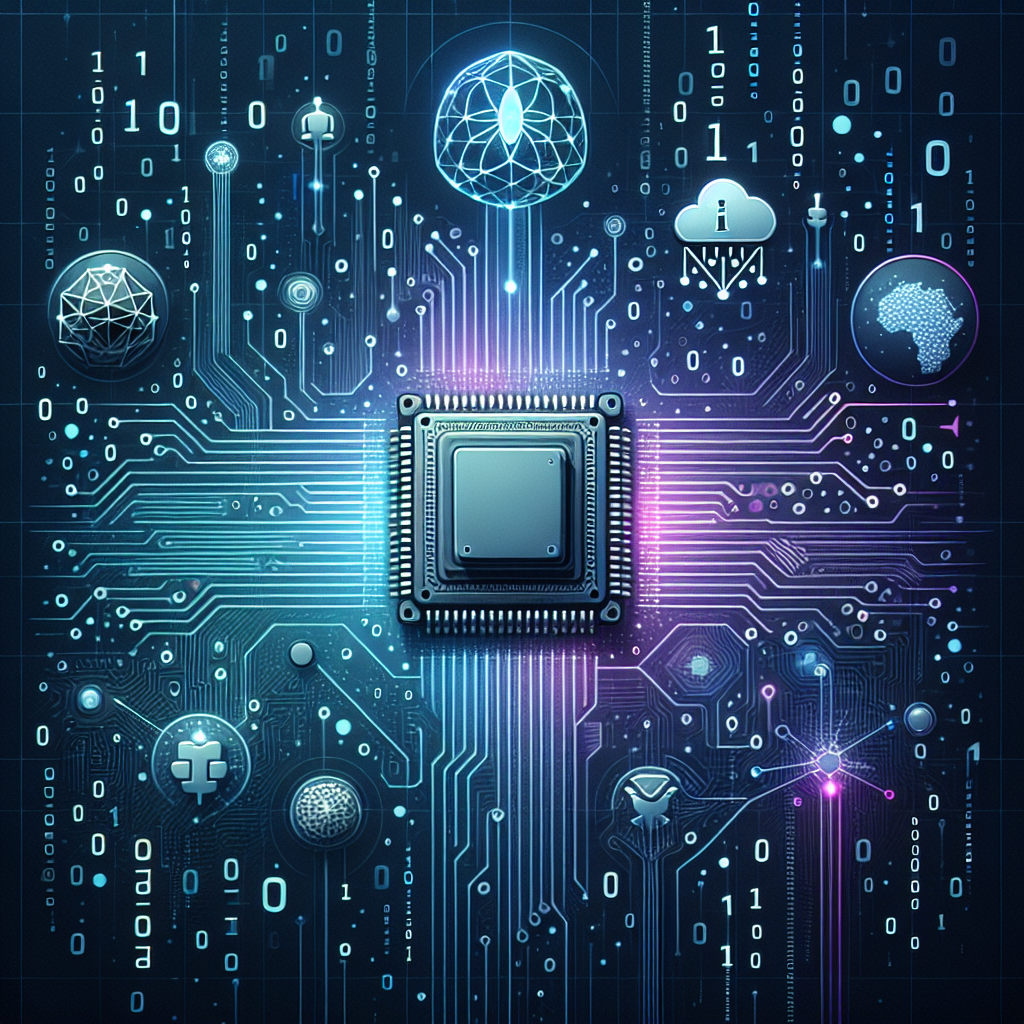Artificial Intelligence (AI) and Machine Learning (ML) are often used interchangeably, but they are actually two distinct technologies that work in tandem to enable machines to perform tasks that typically require human intelligence. AI is the broader concept of machines being able to carry out tasks in a way that we would consider “smart,” while ML is a specific subset of AI that allows machines to learn from data.
AI and ML work together in a symbiotic relationship, with AI providing the overarching framework for how machines can perform tasks like reasoning, problem-solving, and understanding natural language, while ML provides the tools and techniques for machines to learn from data and improve their performance over time.
How AI Works
AI works by simulating human intelligence in machines. This is typically achieved through the use of algorithms that allow machines to perform tasks that would normally require human intelligence, such as recognizing patterns in data, making decisions, and understanding natural language.
One of the key components of AI is machine learning, which allows machines to learn from data without being explicitly programmed. This is done by training machine learning algorithms on large amounts of data and letting them identify patterns and relationships within that data. The more data the algorithm is exposed to, the more accurate and intelligent it becomes.
Other key components of AI include natural language processing (NLP), which allows machines to understand and generate human language, and computer vision, which allows machines to interpret and understand visual information.
How Machine Learning Works
Machine learning is a subset of AI that focuses on developing algorithms that can learn from data and make predictions or decisions based on that data. There are three main types of machine learning algorithms: supervised learning, unsupervised learning, and reinforcement learning.
In supervised learning, the algorithm is trained on a labeled dataset, where the input data is paired with the correct output. The algorithm learns to map inputs to outputs by adjusting its parameters based on the error between its predictions and the actual outputs.
In unsupervised learning, the algorithm is trained on an unlabeled dataset, where the input data is not paired with the correct output. The algorithm learns to identify patterns and relationships within the data without any guidance, allowing it to cluster similar data points or reduce the dimensionality of the data.
In reinforcement learning, the algorithm learns through trial and error, receiving feedback in the form of rewards or penalties based on its actions. The algorithm learns to maximize its rewards over time by adjusting its actions in response to the feedback it receives.
How AI and Machine Learning Work Together
AI and machine learning work together by combining the overarching framework of AI with the learning capabilities of machine learning. AI provides the high-level goals and objectives for machines, while machine learning provides the tools and techniques for machines to learn how to achieve those goals.
For example, in a self-driving car system, AI would provide the overall objective of safely navigating from point A to point B, while machine learning algorithms would learn from data collected by sensors on the car to make decisions about steering, braking, and accelerating in real-time.
Another example is in healthcare, where AI systems can assist doctors in diagnosing diseases by analyzing medical images. AI would provide the ability to interpret the images and make a diagnosis, while machine learning algorithms would learn from a dataset of labeled medical images to improve the accuracy of the diagnosis over time.
FAQs
Q: What are some common applications of AI and machine learning?
A: Some common applications of AI and machine learning include recommendation systems (such as those used by Netflix and Amazon), natural language processing (such as chatbots and virtual assistants), computer vision (such as facial recognition and object detection), and autonomous vehicles.
Q: How do AI and machine learning differ from traditional programming?
A: Traditional programming involves writing explicit instructions for a computer to follow, while AI and machine learning involve developing algorithms that can learn from data and improve their performance over time. This allows AI systems to adapt to changing conditions and make decisions based on complex patterns and relationships in the data.
Q: What are some challenges and limitations of AI and machine learning?
A: Some challenges and limitations of AI and machine learning include the need for large amounts of data to train algorithms, the potential for bias in the data used to train algorithms, and the lack of interpretability in some AI systems. Additionally, AI and machine learning systems can be vulnerable to adversarial attacks, where malicious actors manipulate the data to trick the system into making incorrect predictions.
Q: How can businesses leverage AI and machine learning?
A: Businesses can leverage AI and machine learning to automate repetitive tasks, improve decision-making processes, optimize operations, and personalize customer experiences. By using AI and machine learning to analyze large amounts of data, businesses can gain valuable insights and make more informed decisions.
In conclusion, AI and machine learning work together to enable machines to perform tasks that would normally require human intelligence. AI provides the overarching framework for how machines can perform tasks like reasoning, problem-solving, and understanding natural language, while machine learning provides the tools and techniques for machines to learn from data and improve their performance over time. By combining AI and machine learning, businesses and organizations can leverage the power of intelligent machines to automate tasks, improve decision-making processes, and enhance customer experiences.

